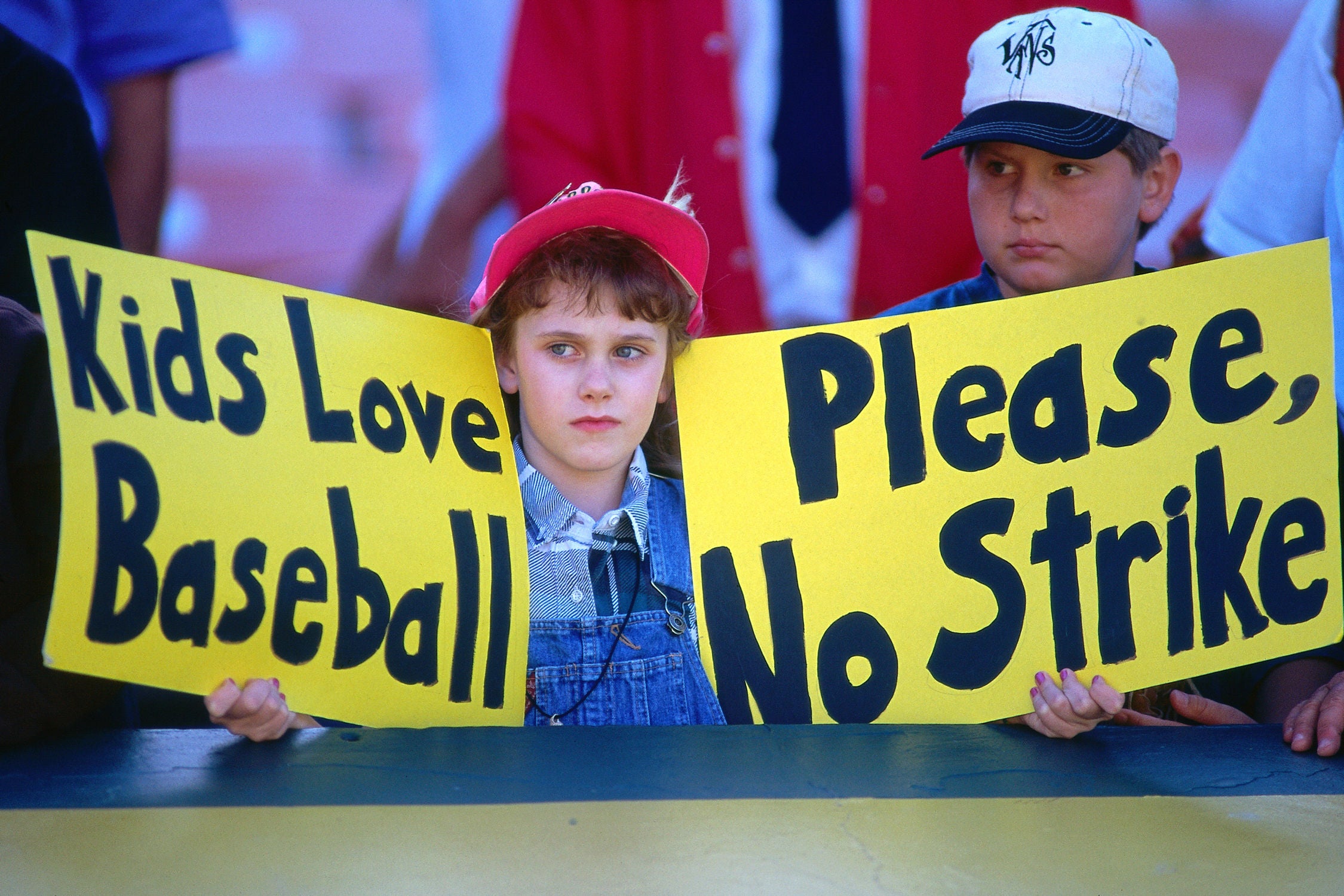
/cdn.vox-cdn.com/uploads/chorus_image/image/36845596/466697909.0.jpg)
They wanted to be admitted to the National or American League as a big league club, but the Major League owners didn’t think Baltimore was a suitable market, primarily because they thought the city was too small and, oh yeah, had too large of a black population (gotta hand it to the segregation-era owners for being consistently terrible). One holdout ownership group, however - that of the Baltimore Terrapins - held firm. The Federal League was over and the lawsuit in front of Judge Landis was dropped.

All the other owners, save one, agreed to buyouts and all of the players were auctioned off to Major League clubs. Louis Terriers was allowed to buy the Browns. Charles Weeghman of the Whales was allowed to purchase the Chicago Cubs and move them into what is now Wrigley Field. Then something interesting happened: Major League Baseball bought out most of the Federal League owners. The case before Landis went nowhere, as he strongly encouraged the parties to settle. The judge on that case: Kennesaw Landis, who would become baseball’s first commissioner a few years later, primarily because Major League Baseball was thankful for and admiring of his work here. Still, there were some problems, and in early 1915, the Federal League filed a lawsuit in Illinois against organized baseball, claiming that it was colluding against the Federal League in violation of the federal antitrust laws to undermine its business. You may be familiar with that park under its later name, Wrigley Field. The Federal League drew pretty good crowds, enjoyed two years with exciting pennant races and even built a nice ballpark in Chicago, Weeghman Park, to be the home of the Chicago Whales. Yes, they had some cash flow problems and a couple of teams weren’t well-managed, but league backers included millionaires such as the ice magnate Phil Ball, oil baron Harry Sinclair and the industrialist George Ward. While many believe financial difficulties were what sunk the league, that wasn’t the case, at least not fully. They almost got Walter Johnson too, before Senators owner Clark Griffith personally traveled to Big Train’s home in Kansas and outbid the Feds. Federal League clubs lured away some stars from the established leagues including Joe Tinker, Mordecai “Three-Finger” Brown, Hal Chase, Eddie Plank, Chief Bender, Ed Konetchy, and Lee Magee. The league expanded to eight clubs for the 1914 season, with clubs in Baltimore, Brooklyn, and Buffalo (Cleveland was folded) proclaimed itself a major league and declared war on the NL and AL.Īnd it was pretty successful for a while. It began play that year a six-team minor league with clubs in Indianapolis, Chicago, Cleveland, St. In 1913 he reorganized it as the Federal League That actually lasted a whole 120-game season.

Powers started the Columbian League, primarily in the Midwest. In 1912 something called The United States League began play, primarily on the east coast. Against that backdrop a couple of efforts were made to form competitor leagues to get in on some of that action.
1994 mlb strike interview series#
The National League and American League had a decade or so of peaceful and organized co-existence, the World Series was well-established and big stars were becoming national, as opposed to merely local, celebrities. After a lot of chaos, turmoil and shaking out of upstart leagues and teams in the late 19th Century, baseball, as a business, was doing quite well by the early 19-teens.


 0 kommentar(er)
0 kommentar(er)
